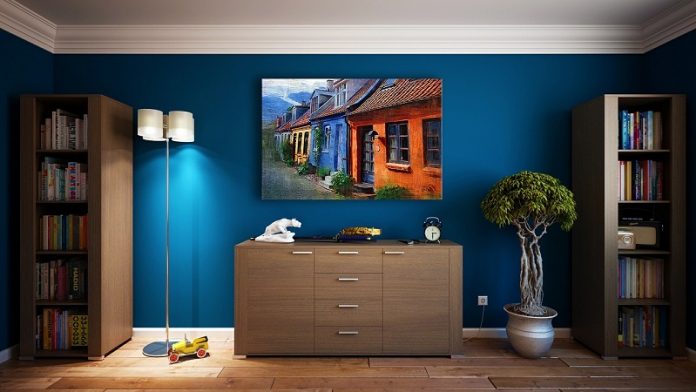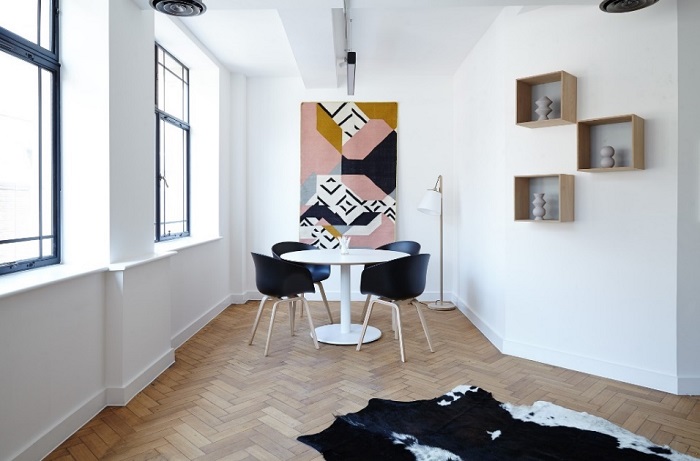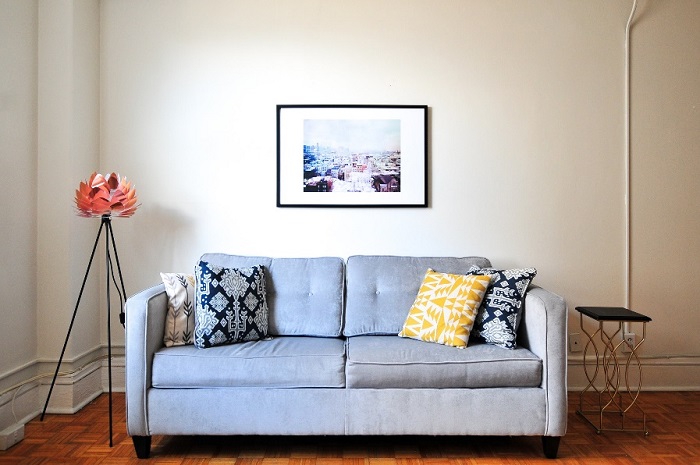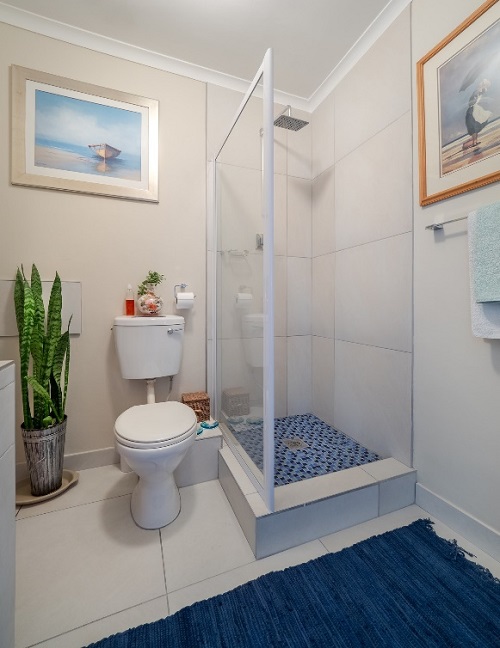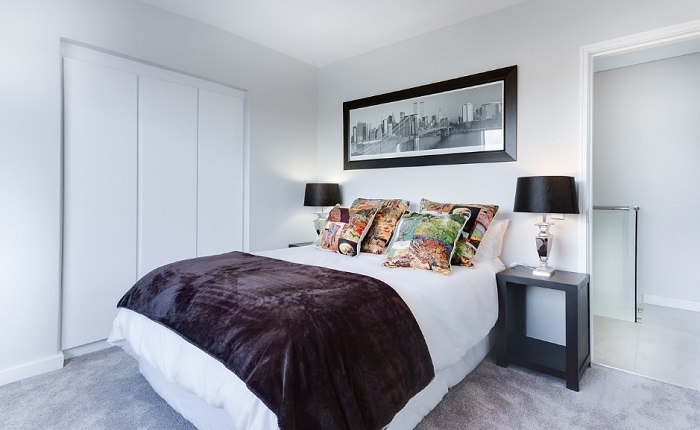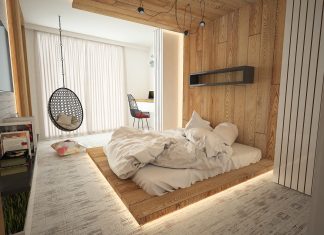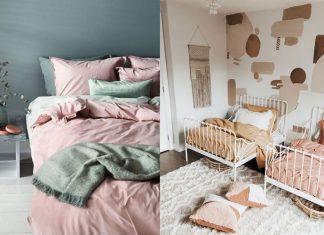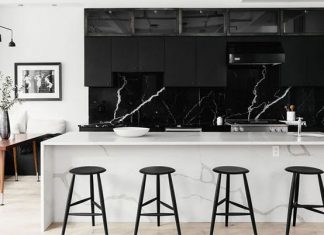Your walls are painted, your furniture is in place, and the decorative fruit bowl has been meticulously placed right in the center of the dining table. All your décor seems to be in order, but wait… the walls are still bare! If you’re not an art aficionado, finding the right artwork to spruce up your bare walls can feel like an intimidating task.
Choosing the right artwork for your home is about finding something that speaks to your soul, while simultaneously brightening up a room. Artwork gives a room personality and depth, and as a result, it must be chosen carefully. In that regard, it must also be placed strategically, so as to elicit the biggest impression from guests.
Finding and placing artwork can become less daunting when done in accordance to the following steps.
Find a Style/Artist You Like
Hanging artwork in your home is senseless if it doesn’t move you or put a twinkle in your eye every time you look at it. Decide whether you like modern, minimalistic pieces like those of Donald Judd. Or perhaps retro pop-art a la Andy Warhol. If you like intricate, traditional paintings, you may want to consult the likes of Thomas Kinkade. While these famous artists may sell their paintings at a high-asking price, you can certainly find related artists whose work is much more affordable.
Make It Match
The artwork you choose must match your décor – from overall style to something as detailed as the color themes. After all, a painting consisting of multi-colored geometric shapes wouldn’t fit in a home with a French Country interior. Find colors that complement the space you’re looking to add artwork to, otherwise it could become too eclectic.
Size Matters
The guideline is that paintings and pictures should fill two-thirds to three-quarters of the wall on which they are hanging. Measure the space you wish to populate with a photo, and decide from there the size painting you should get. Having a tiny picture on a huge blank wall or an enormous picture on a narrow wall space will look off.
The above-mentioned guideline is especially true for paintings hanging directly over an object, such as a bed or a sofa. The exception to this is a compilation of several small pieces to form a gallery-type display.
Keep It Eye-Level
For a piece of art to work well with a room, it should be easily noticeable and visible within the initial sweeping glance of room. You want guests to do a double-take, and the only way to do that is by placing artwork no higher or lower than eye level. This same rule applies to multi-level homes with high ceilings. Don’t let your desire to fill up blank space overcome your tasteful decorating.
Don’t Neglect the Bathroom
You may think there’s no need for artwork in the bathroom, but an aesthetically appealing powder room is crucial. It sounds kooky, but hear us out. A small painting placed strategically above the toilet tank or towel rack cannot go wrong. As a room that is frequented by you and your visitors, showing that you put time into carefully decorating signals your desire to create comfort.
Shop Around
Whether you’re seeking prints of works by famous artists or a unique piece by a local painter, there are a number of sources for affordable art. Art festivals and flea markets are one, but there are also websites for affordable artwork. For prints from well-known artists, Art.com is a mandatory stop. Otherwise, you may want to check out Society6 for a variety of contemporary and minimalistic prints.
Accessorize Your Art
Your art deserves to be housed and displayed in an appealing way. Invest in a beautifully designed frame that will accentuate the artwork, and even consider investing in a picture light to place on the wall above the painting. This will automatically draw the eye toward the artwork, as well as add an element of elegance to your home’s overall décor.
Experiment with Mediums
Art doesn’t have to be in the form of an oil painting. It can be a photograph, sculpture, mosaic, or a canvas. Consider artwork made out of wax, recycled materials, copper, and other varied styles. Having a versatile representation of art in your home will showcase your open-mindedness and give each room a personality of its own.
Statuettes and sculptures work best in the living room, as they make for an excellent conversation piece when you have guests.
Consider Personal Art
Get creative by showcasing your own art, or art made by friends and family. In fact, you might even consider a small gallery display of artwork from people you know and love (a great place for this is the study!) Incorporating pieces from people that matter to you brings warmth to your home.
Right Place, Right Time
While this can be a matter of personal preference, knowing the difference between art that belongs in your living room and art that belongs in your bedroom is important. The bedroom is a place for relaxation, meaning that a serene nature landscape or an abstract painting with neutral colors is best for this room. Conversely, for the office/study, you might consider more eclectic and thought-provoking pieces.
Try, Try Again!
If you purchased a piece of artwork and suddenly realize you don’t like how it looks where you intended for it to go – don’t give up! Experiment by trying the piece out in different rooms and locations. You might even consider rearranging some of your furniture to accommodate it.
The most important thing when selecting artwork for your home is to make sure it speaks to you. While art’s poignancy relies heavily on personal preference, now that you know some of the basic guidelines to follow and consider, you’ll be sure to make the right creative choice.
